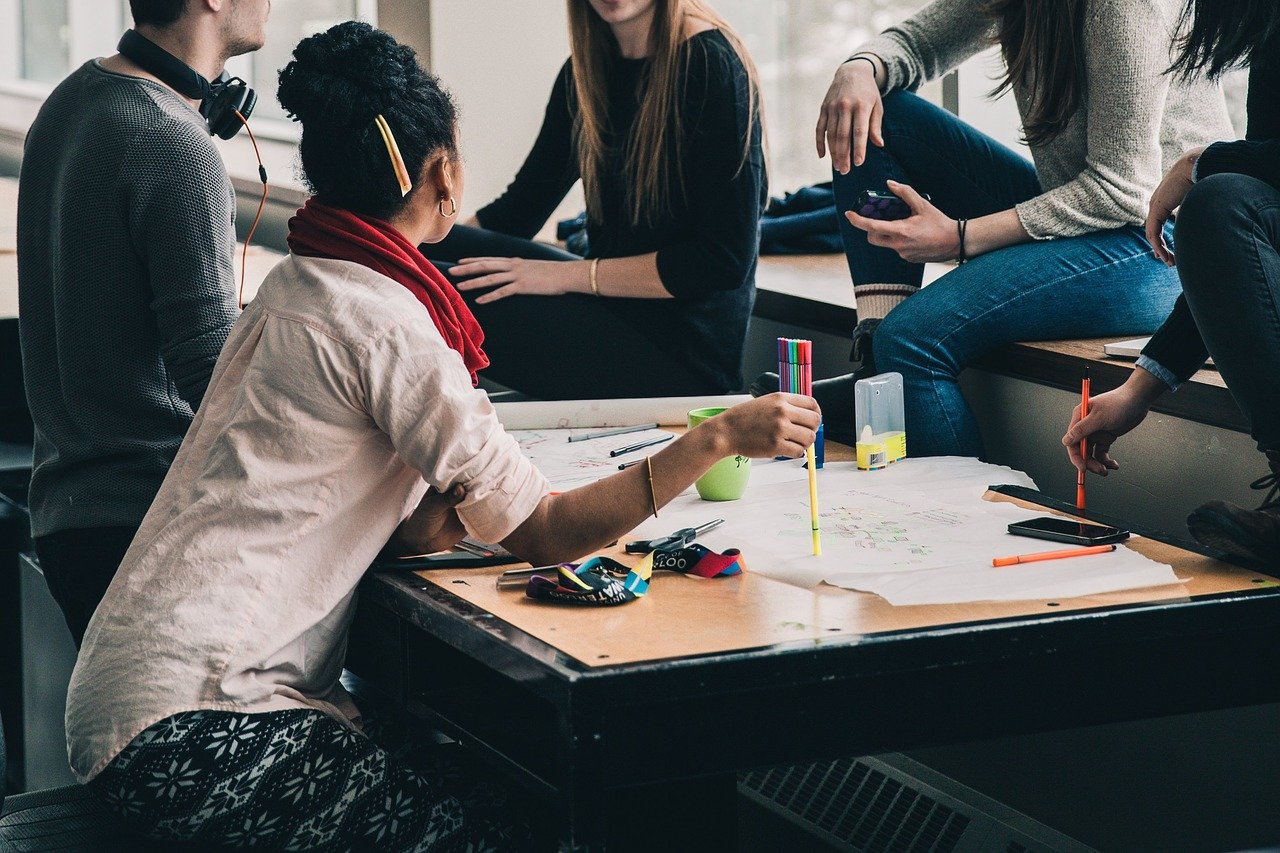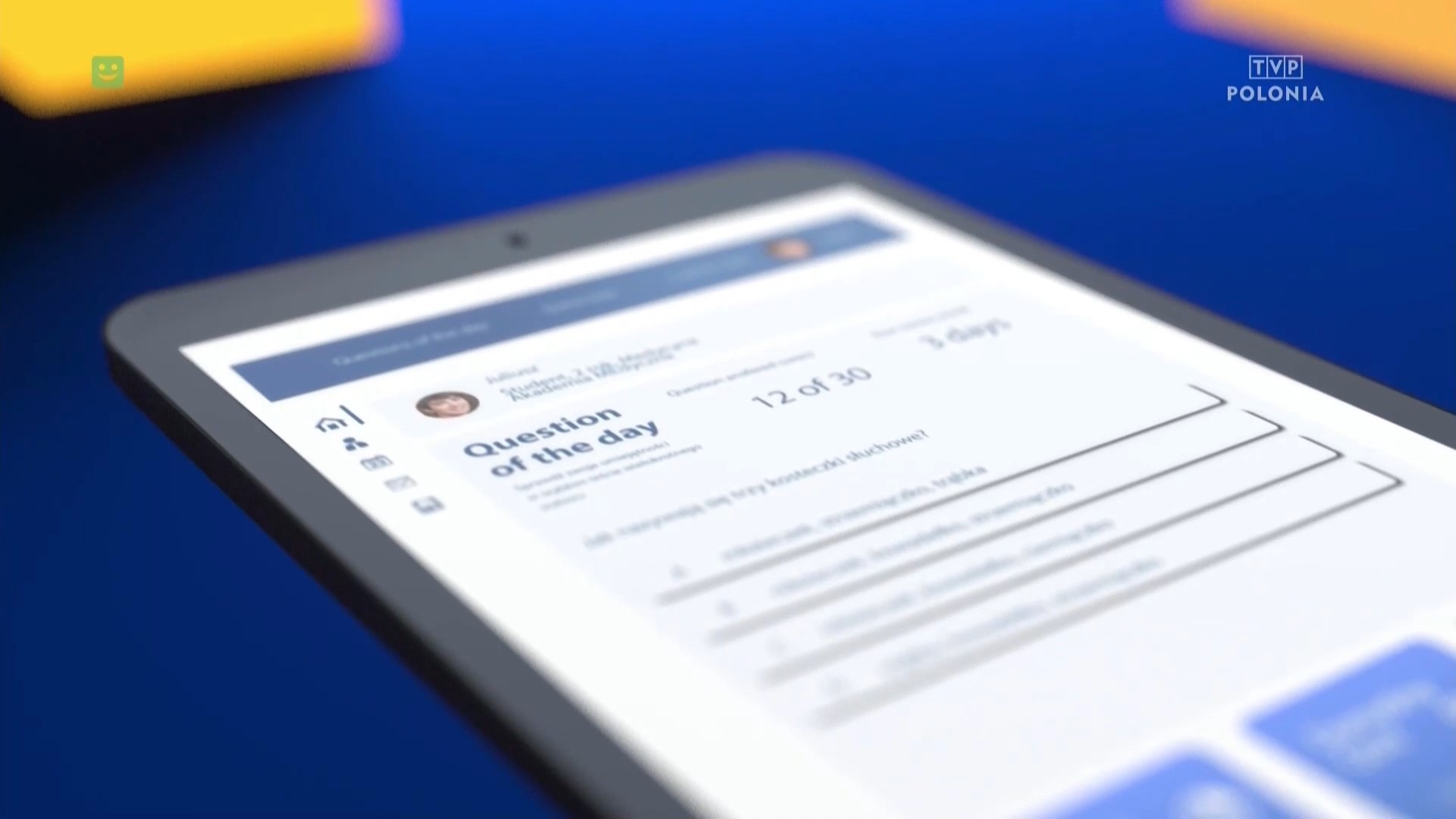Studying medicine is a lot of work. With frequent testing, expansive curriculum, and more and more knowledge to memorize with every year, many students are struggling with keeping up with the material. Those students often look online for methods and guides to help them remember the sheer volume of information required of them. However, there is no one single solution to memorizing, since we are all so different! Methods that would work great for one student can be a huge waste of time for another. Knowing the differences between the basic learning styles and finding out which one fits you the best is the first step to becoming more efficient at learning.
Three styles of learning
There are three main cognitive learning styles: visual, auditory, and tactile (also called kinesthetic). Understanding the characteristics of these styles and the differences between them can help you optimize the time you spend studying and memorizing new concepts. You can also mix and match the styles for various subjects and types of material, allowing you to find the best way of studying for you.
While the majority of the people around the world are visual learners – around 65% of the world’s population – it does not have to mean that you are also a visual learner. Sight is one of the most important senses through which we get to know the world that surrounds us. Colors, shapes, and even textures – these are all things that we see with our eyes. Because of the prevalence of the sense of sight, visual memory is usually the most reliable type of memory we have. Visual memory is the ability to remember various information.
As a visual learner, you can utilize different maps, diagrams, charts, graphs, and many other forms of visual stimulation that will help you memorize the material. One of the best tools you can use is a graphic organizer – otherwise known as a story map or a knowledge map. These graphical representations have been proven to improve students’ retention by allowing them to memorize information faster and recall it better. Graphic organizers can also improve your reading comprehension and help develop critical thinking skills – leading to better achievements in school.
The second style of learning is auditory learning. This technique is preferred by students who better memorize information when they hear it, rather than see it. Through hearing and speaking, an auditory learner can retain information much more efficiently. Such students often prefer to be told what and how to do, after which they summarize the information by speaking it out loud to help them memorize. This type of learning often connects well with students who are talented in music, but even if you are not fond of any instruments or singing, you should give auditory learning a try.
Tactile learning is the third style of learning. In this technique, you will carry out various physical activities rather than simply listening or watching information be presented. Kinesthetic learners like to use a hands-on approach to memorize information, often doing other activities while learning. One of the ways a kinesthetic learner can make their learning more efficient is by simply chewing gum while studying. If you hate staying in one place for too long and have problems focusing while seated, take your textbook with you on a treadmill, and study while walking. You can also try to study while standing – if that suits you, think about getting a standing desk to protect your posture, as you would have to slouch in order to study at a regular desk while standing.
Studies regarding learning styles
One of the more renowned studies of learning styles is the 2014 study by the University of Iowa. The researchers asked students to listen to sounds, look at images, and hold objects for varying periods of time, after which they were asked to recall information. A second experiment was also performed with similar requirements. The researchers found out that the visual memory of the participants was far superior to their auditory memory. Auditory memory, overall, declined much faster than visual.
However, another study taken in 2008 by the University of Bordeaux has shown that you can combine different types of memory and learning styles to achieve better results. While visual changes were still regarded as most easy to remember, both visual and auditory changes were better memorized when used together. Moreover, hearing and vision are both processed by different parts of the brain – respectively the temporal lobes and the occipital lobe. They can be easily used together to create a more lasting memory.
All in all, it can be difficult to find the perfect learning style for you. Keep trying different methods and see which ones make you memorize information faster and more consistently. If you are more of a visual learner, try to turn your notes into pictures and charts. Avoid distractions – looking at windows, doorways, or a computer screen. Auditory learners can repeat material out loud in their own words, as well as discuss the material in groups and read their textbooks aloud. Listening to soft music in the background could also help. Tactile learners can benefit from short, yet intensive study sessions – take breaks often. Moreover, try to keep yourself occupied while studying by walking or standing.













